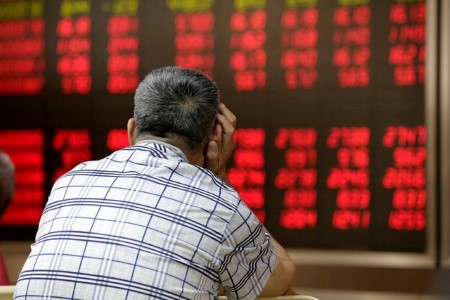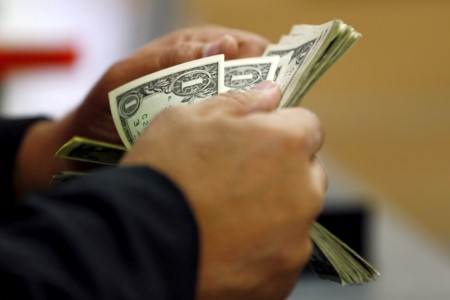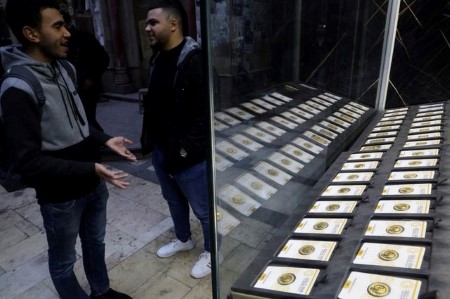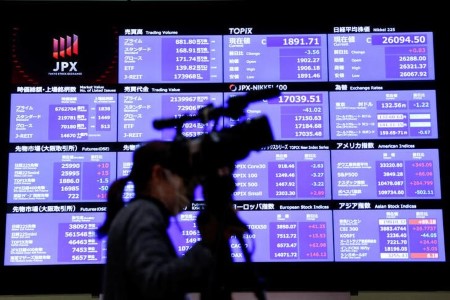NEW YORK, Jan 18 – The dollar index climbed for a fifth straight session on Thursday after labor market data showed job growth, keeping expectations for an interest rate cut from the Federal Reserve in check.
Initial claims for state unemployment benefits dropped 16,000 to a seasonally adjusted 187,000 for the week ended Jan. 13, the lowest level since September 2022, the Labor Department said on Thursday, short of the 207,000 expectation of economists polled by Reuters.
The data followed a stronger-than-expected retail sales report on Wednesday.
“The market’s doing what it loves to do and squeeze people out of crowded positioning. Ever since the start of the year, everything sort of flipped,” said Erik Bregar, director, FX & precious metals risk management at Silver Gold Bull in Toronto.
“You’ve had central bankers now push back on 2024 rate cut pricing, and I’d say on balance, economic data has been better than expected.”
The US dollar index =USD, which measures the currency against a basket of six peers, was up 0.14% at 103.47, after reaching 103.69 on Wednesday, its highest since Dec. 13. It was on track for its fifth straight session of gains, its longest streak since August.
Expectations for a cut from the Fed in March of at least 25 basis points (bps) are currently at 57.1%, according to CME’s FedWatch Tool, compared with 55.5% in the prior session and a decline from the 73.2% a week ago.
A separate report from the US Commerce Department showed single-family homebuilding took a breather in December after a recent stretch of gains. New construction remains underpinned by a shortage of previously owned houses for sale.
Fed officials, including Governor Christopher Waller this week, have pushed back against expectations of an aggressive round of rate cuts, suggesting the speed and timing will be slower than market participants had initially priced in.
Atlanta Federal Reserve President Raphael Bostic said on Thursday he was open to reducing US interest rates sooner than the third quarter he had anticipated if there was “convincing” evidence in coming months that inflation is falling faster than he expected.
The dollar was roughly even against the yen at 148.14 on Wednesday after rising to 148.52 on Wednesday, its strongest since Nov. 28.
The Bank of Japan (BOJ) is scheduled to hold a policy meeting next Monday and Tuesday, and is likely to maintain its ultra-loose monetary settings.
The euro was down 0.14% at USD 1.0866 after accounts from the European Central Bank’s December meeting showed policymakers appeared fairly confident that inflation was heading back to target, but saw risks that still warranted steady policy and high borrowing costs.
Sterling was up 0.17% at USD 1.269 GBP=, building on gains from the prior session when data showed inflation unexpectedly accelerated in December, buttressing expectations the Bank of England will be slower to cut rates than its peers.
In cryptocurrencies, bitcoin fell 3.09% to USD 41,318.00.
(Reporting by Chuck Mikolajczak; editing by Barbara Lewis and Jonathan Oatis)







 DOWNLOAD
DOWNLOAD













